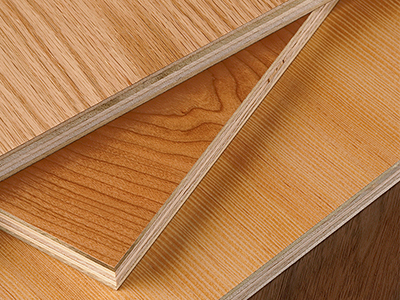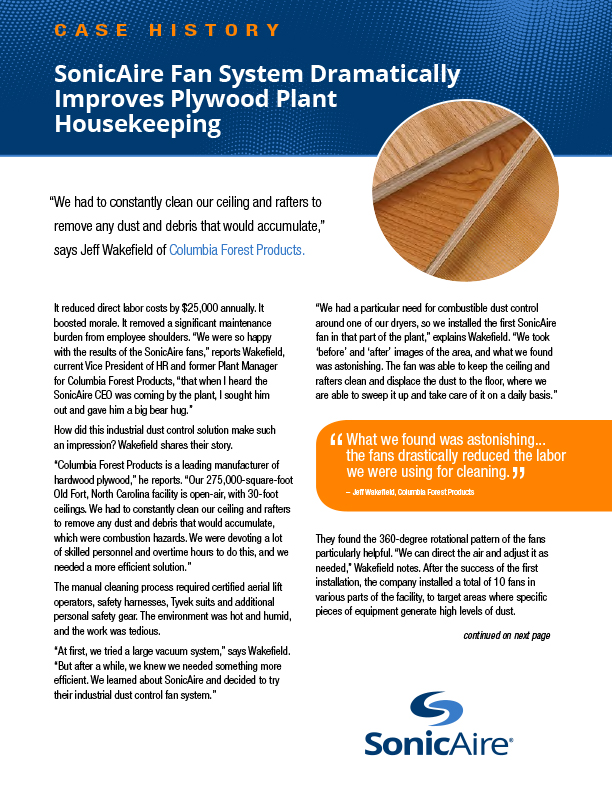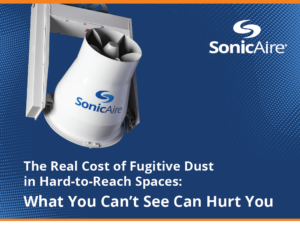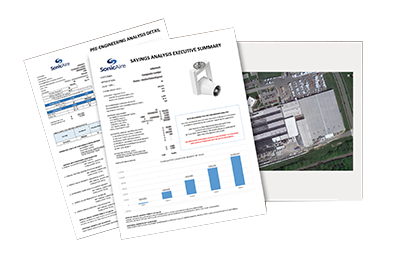Columbia Forest Products

“At first, we tried a large vacuum system,” says Wakefield. “But after a while, we knew we needed something more efficient. We learned about SonicAire and decided to try their industrial dust control fan system.”
“The fans drastically reduced the labor we were using for cleaning,” says Wakefield. “We no longer have to send trained workers on lifts into those areas every quarter. We don’t have to schedule weekends and overtime for workers to do all that prep work and cleaning. We don’t even have to wipe off the flat surfaces on top of the equipment anymore. The SonicAire fans have alleviated all of that.”

“From both a dollar standpoint and employee benefits, the SonicAire fans have been a big win,” Wakefield concludes.
Columbia Forest Products

“At first, we tried a large vacuum system,” says Wakefield. “But after a while, we knew we needed something more efficient. We learned about SonicAire and decided to try their industrial dust control fan system.”
“The fans drastically reduced the labor we were using for cleaning,” says Wakefield. “We no longer have to send trained workers on lifts into those areas every quarter. We don’t have to schedule weekends and overtime for workers to do all that prep work and cleaning. We don’t even have to wipe off the flat surfaces on top of the equipment anymore. The SonicAire fans have alleviated all of that.”

“From both a dollar standpoint and employee benefits, the SonicAire fans have been a big win,” Wakefield concludes.

GET YOUR FREE GUIDE:
The Real Cost of Fugitive Dust in Hard-to-Reach Spaces
What You Can’t See Can Hurt You
To help protect your workplace, we’ve compiled the following resource, The Real Cost of Fugitive Dust in Hard-to-Reach Spaces: What You Can’t See Can Hurt You. In it, we identify seven ways fugitive dust is likely impacting your facility and its profitability.
These costs go beyond housekeeping and explain why you should be preventing dust buildup to protect the bottom line, not just to stay in compliance.

